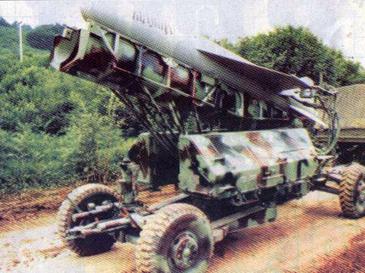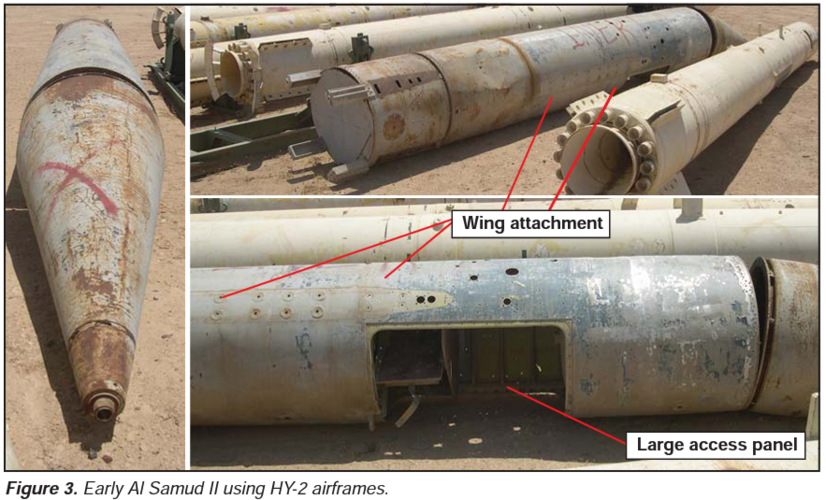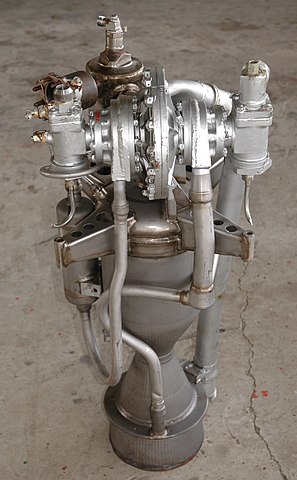World B4
my bad y'all
- Joined
- 25 June 2017
- Messages
- 344
- Reaction score
- 283
Since it was basically the Sea Scud in terms of operators and proliferation, I'd like to know more about any iraqi, cuban, north korean, libyan, etc. etc. variants. Also any more advanced soviet soviet versions that never became operational, or some other nation's attempts to reverse engineer the missile, or pull the ol' syrian polymerization and combine it with some other soviet equipment. Especially hoping to find something else like the Krajina Krooz Missile aka the Terrestrial Termit aka the Serbian Scud aka the Vergeltungsprska 1 a delightful mashup of soviet equipment that could lay waste to entire balkans region!

 en.wikipedia.org
en.wikipedia.org



